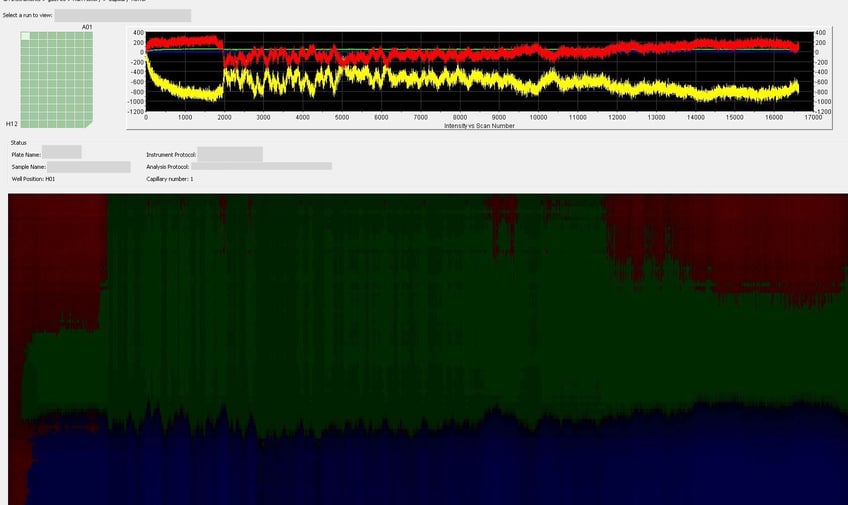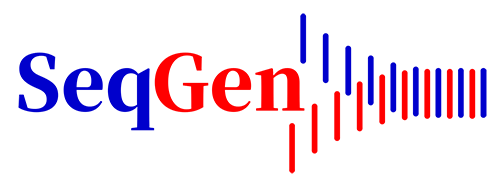
Dealing with sequencer problems is hard enough when your machine notifies you of what’s wrong. But working with a machine that won’t give you any information can make you want to crawl under a rock.
A common service issue we see on 31xx and 3730 series machines is failure of the CCD camera. You may recognize this scenario: You arrive early Monday morning ready for a productive day of sequencing, load your plates, and then disaster strikes! All that appears in the array viewer is a black screen. Panic mode sets in. After a deep calming breath, you email SeqGen the screen captures for our expert engineers to review and troubleshoot. Within 2 hours, SeqGen’s expert team responds by email and then by telephone: “We are very sorry to report that your CCD camera has passed away.” RIP, CCD Camera. You gave us some great years!
Symptoms of a Dead CCD Camera
All ABI 31xx and 3730 series machines have a CCD camera as part of the optical system. Over time, this camera wears out, water may seep into the electronics, and eventually it will short circuit and fail. You can expect these cameras to last about 10 years, depending upon how much use the machine gets and the temperature of the room that houses the sequencer.
If you see the error message ”CAMERA-TEMPERATURE-READING -2.0 % camera temperature thermistor short circuit,” this means that the camera has overheated and the camera thermistor short circuited. There are two probable causes for this issue, the first being complete CCD camera failure. The second most likely reason is that the room temperature is too high or the room has poor ventilation, causing the CCD camera to overheat. For comparison, a normal camera temperature reading should be around -11 degrees Celsius for a 3100 series machine and -9.8 degrees Celsius for a 3730. To extend the life of your camera for as long as possible, it is recommended that you keep the room temperature between 18 and 22 degrees Celsius.
Potential Issues and Tests
If you don’t see any signal at all in your array viewer, your best bet is to run a spatial calibration. If the calibration indicates normal, troubleshoot the reagents and check the quality of your sample again. Most of the time this will get your machine back in working order, but if the spatial calibration fails, its time to call the cavalry (aka SeqGen) for additional help.
Fixing Your Machine
If the spatial calibration fails, there’s no way around it; it’s time to replace your camera. If you already have a service contract with SeqGen, then you are covered--there will be no further cost to fix your machine. Simply drop us a service request and we’ll get you up and running in no time. If not, don’t worry. We can still replace the camera for approximately 20 - 30% less than you would expect to spend with the OEM.


